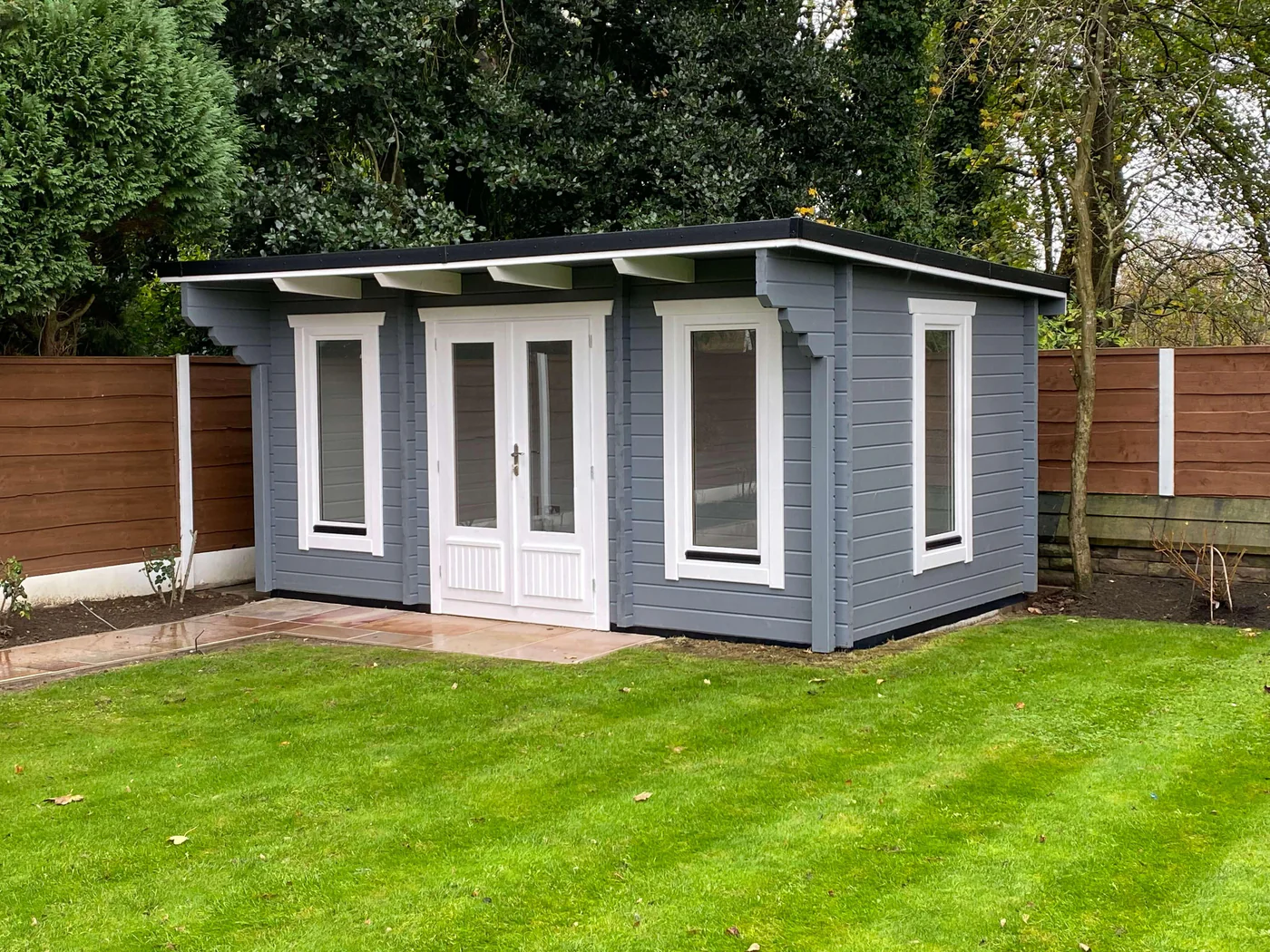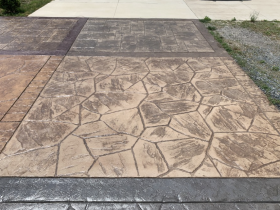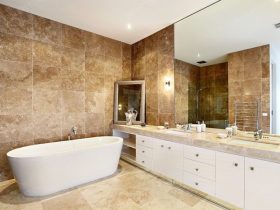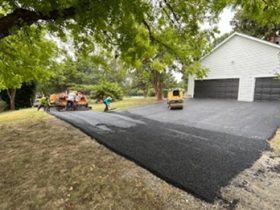Choosing the right log cabin for your garden can be a game-changer in terms of both functionality and style. Whether you’re after a peaceful retreat, a workspace, or additional storage, the right choice depends on a few key factors. For UK homeowners, making a smart, informed decision ensures your cabin enhances your garden for years to come. Remember to check if you need buildings regulation approval before you start.
Start by assessing the space available. Measure your garden carefully and consider how much of it you’re willing to dedicate to the structure. Keep in mind proximity to property boundaries, sunlight, drainage, and views from the house. Remember, a log cabin should complement your outdoor space, not dominate it.
Next, determine the purpose of the cabin. Will it serve as an office, studio, gym, guest room, or simply a place to relax? Your intended use will influence key features like size, insulation, number of windows, and internal layout. For example, a home office will need good lighting and power access, while a guest cabin may require more floor space and even plumbing.
Construction quality is another important consideration. Look for cabins made from high-grade, slow-grown timber—typically Nordic spruce or pine—as these woods are more stable and durable. Interlocking tongue-and-groove construction helps provide weather resistance and structural integrity, essential for the UK’s variable climate.
Wall thickness plays a role in insulation and sturdiness. Cabins with walls of 28mm are suitable for seasonal use, while those with 44mm or 70mm walls are better for year-round comfort. Double-glazed windows and secure doors are worth investing in, especially if your cabin will store valuable items or be used throughout the year.
Style and design should also reflect your taste and blend with your garden aesthetic. Traditional pitched roofs and rustic designs may suit a cottage garden, while flat-roofed, contemporary cabins work better in modern outdoor spaces. You can customise finishes with paint, trims, and fittings to make the structure feel like part of your home.
Don’t overlook the base. A solid foundation is crucial for the longevity and stability of your log cabin. Concrete slabs, paving slabs, or pressure-treated timber frames are all viable options, depending on your ground conditions. An uneven or damp base can lead to warping, leaks, or even structural failure.
Think ahead about utilities. If you need electricity, ensure cabling can be safely and legally extended to the cabin. For water and waste, professional installation is required and may impact your planning permissions.
Always check with your local planning authority before starting your project. Many log cabins fall within permitted development rights, but certain conditions—such as size, height, and usage—may require approval. It’s always better to be safe than face fines or forced removal.
Finally, factor in your budget. There are great log cabins available across a range of price points. The most cost-effective options tend to be flat-pack kits with DIY assembly, while more bespoke or large-scale cabins will come at a higher price. Keep some of your budget aside for extras like insulation, treatment, furnishings, and landscaping.
Choosing the right log cabin is about more than just picking a pretty structure. It involves thoughtful consideration of your needs, space, and long-term plans. With the right approach, your new cabin can become a versatile and much-loved part of your home and garden.










